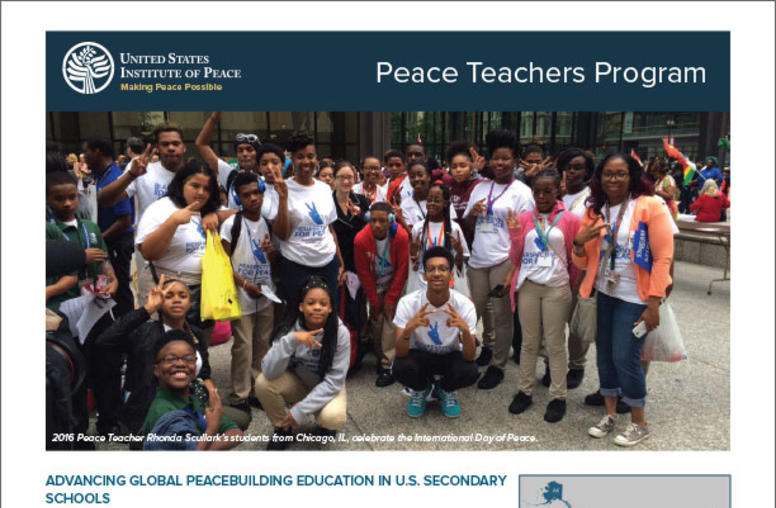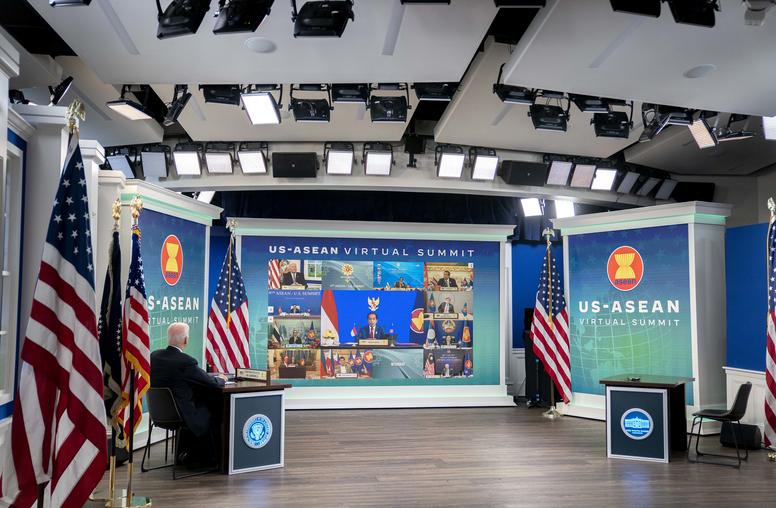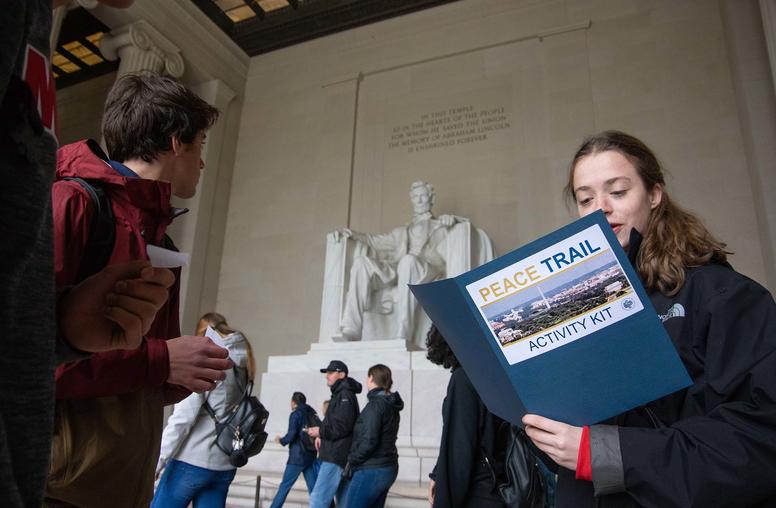U.S.-North Korea Agreement: A Breakthrough?
John Park, a senior program officer who directs USIP’s Korea Working Group, analyzes the U.S.-North Korea agreement announced on February 29. The North Koreans will suspend nuclear activities at its Yongbyon complex and long-range missile tests, and the U.S. will provide 240,000 tons of nutritional assistance to North Korea. While it may not be a breakthrough, this agreement does constitute a modest initial step forward in dealing with North Korea.
John Park, a senior program officer who directs USIP’s Korea Working Group, analyzes the U.S.-North Korea agreement announced on February 29. The North Koreans will suspend nuclear activities at its Yongbyon complex and long-range missile tests, and the U.S. will provide 240,000 tons of nutritional assistance to North Korea. While it may not be a breakthrough, this agreement does constitute a modest initial step forward in dealing with North Korea.
How do you assess this agreement?
It's a continuation of the deal that both sides had essentially agreed to and were set to announce in mid-December. Kim Jong-il's sudden death sidelined the deal – until now. A major significance of this agreement is that it establishes something of a baseline understanding with the new leadership in Pyongyang. In its public statement, the U.S. reaffirmed that it does not have hostile intent toward North Korea and is prepared to take steps to improve its bilateral relationship. The U.S. also reaffirmed its commitment to the Six-Party Talks’ September 2005 Joint Statement. In addition, the U.S. recognized the 1953 Armistice Agreement as the cornerstone of peace and stability on the Korean Peninsula. North Korea issued a similar statement.
The other significance is that the agreement addresses – in part – a key debate in Washington about whether there is continuity or change in the post-Kim Jong-il leadership’s approach to nuclear activities and negotiations. At present, the agreement is seen as a continuation of the understandings reached prior to Kim Jong-il’s death in mid-December.
What do you think will be key hurdles going forward?
One major factor that continues to exist is deep mistrust between Washington and Pyongyang. To help address this situation, both sides agreed to the return of International Atomic Energy Agency (IAEA) inspectors to verify the moratorium on nuclear activities at Yongbyon. They also agreed to food monitors to oversee the proper distribution of the nutritional assistance in North Korea. In the past, major obstacles to implementation of agreements were North Korean restrictions imposed on IAEA inspectors and food aid monitors. Such restrictions could quickly scuttle this modest positive step forward in U.S.-North Korean relations.
With respect to the nutritional assistance monitors, what’s different from the nuclear inspectors is that the area of their coverage is much larger. Rather than a set area like the Yongbyon nuclear complex, the nutritional assistance monitors will, in principle, have access to remote parts of North Korea. It's one thing to agree to grant wider access to these monitors; it's another matter for the North Koreans to permit that on a sustained basis for the duration of the distribution of the nutritional assistance. North Korea watchers will be following this aspect of the deal closely.
What is the significance of the U.S. and North Korea reaffirming their commitment to the September 2005 Joint Statement and recognizing the centrality of the Armistice?
While it may appear to be largely symbolic and routine to jointly reaffirm and recognize these documents, the context is important here. This portion of the deal provides a foundation for engaging the new North Korean leadership following the death of Kim Jong-il. By doing so, it revalidates prior agreements and understandings. However, the challenges of full implementation and progress to the next stage remain.
In its public statement, North Korea announced that “once the Six-Party Talks are resumed, priority will be given to the discussion of issues concerning… provision of light water reactors.” Could this stance prevent further progress in negotiations?
While it may appear that the subsequent stage of negotiations – if we get there – will be undermined by a deal breaker, this predicament could be averted by adopting a similar stance as exists in the September 2005 Joint Statement. In that agreement, the parties “… agreed to discuss, at an appropriate time, the subject of the provision of light water reactor to the DPRK.” This was a face-saving way to acknowledge this North Korean priority without going down a path that would create divisions among members of the Six-Party Talks and lead to a deadlock in negotiations.
How is USIP contributing to efforts to prevent conflict on the Korean Peninsula?
Although security, political, economic, and environmental challenges are growing more complex in the region, the U.S. and its Northeast Asian counterparts increasingly lack the capacity for sustained analysis, development, and implementation of policy approaches to prevent conflicts. Cognizant of this trend, USIP launched and convenes recurring Track 1.5 policy dialogues – like the Korea Working Group – with current and former policymakers and advisers. They facilitate three goals: a deeper understanding of complex policy issues, early direct crisis communication, and the development of prevention initiatives and strategies. By generating feedback on early-stage policy proposals developed and discussed in USIP’s Track 1.5 meetings, we have been able to increase the likelihood of traction of these proposals at the Track 1 level.



